Philippine flood toll rises to 1,249
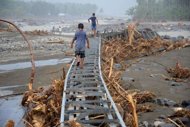
The civil defence office initially said the confirmed number of fatalities had surged by more than 200 to 1,453, before revising the figure downwards due to double-counting.
Civil defence chief Benito Ramos said his National Disaster Risk Reduction and Management Council would no longer count the missing as no-one could give reliable figures on how many people are unaccounted for.
But Ramos told AFP he was sure the death toll would continue rising as more bodies were still being retrieved from the sea off the southern island of Mindanao or found trapped beneath fallen fallen logs and mud.
Tropical storm Washi brought heavy rains, overflowing rivers and flash floods to the southern Philippines from December 16 to 18, sweeping away whole villages built on sandbars and riverbanks.
Recovering the bodies has been hampered by the fatigue of rescue workers who have been labouring non-stop since the storm hit, said regional disaster council chief Ana Caneda.
"Even the (corpse) sniffing dogs are tired," she said.
Survivors at a sandbar in Cagayan de Oro city, trying to salvage belongings from the mud, instead dug up the bodies of three of their neighbours, the city government said.
Cagayan de Oro and Iligan and bore the brunt of the disaster, suffering most of the fatalities.
More than 376,000 people were displaced by the storm and almost 55,000 are still huddled in crowded makeshift evacuation centres, the disaster council said.
The government has said it will set up tent cities in safe areas to temporarily house the evacuees -- perhaps for as long as three months-- until more permanent shelters can be erected.
Health Secretary Enrique Ona said the government was also preparing a scheme to pay households unaffected by the flood to host families who had lost their homes.
Ona said there had been no major disease outbreaks at the evacuation centres but potable water remained in short supply for thousands of people.
Around 50 people left one centre on their own initiative, pitching tents at a nearby car park.
"I decided to leave because of the bad odour and because it is just too crowded in there, especially when we sleep," said Alan Labiano, 43, who was sheltering with his wife and three children.
At night, he said, some people were sleeping on plastic chairs because there was nowhere to lie down.
The government has barred many of the disaster victims from returning to their homes, saying they should not have been allowed to live on such unstable, low-lying land in the first place.
A low pressure area brought new floods to the central and southern Philippines on Monday, forcing thousands more to flee their homes, the disaster council said.
In Valencia City, just 118 kilometres (73 miles) southeast of Cagayan de Oro, some 300 families were forced to take refuge on their rooftops due to the floods and had to be rescued by helicopters, a military report said.
The disaster council said an infant was missing after floods hit the port city of Surigao, 120 kilometres east of Cagayan de Oro, but there were no confirmed fatalities from the latest rains.
What the stars mean:
★ Poor ★ ★ Promising ★★★ Good ★★★★ Very good ★★★★★ Exceptional
 Tag:
Tag:
Related Contents
Latest News
More News
- Malaysia sets up clean energy exchange (April 16, 2024 | 16:59)
- Indonesia issues dengue fever warning to Bali tourists (April 16, 2024 | 16:53)
- Trade facilitation ahead with ASEAN-India deal upgrade (April 15, 2024 | 17:00)
- ASEAN strength to be built on with trade reforms (April 15, 2024 | 14:58)
- Malaysian airlines to charge carbon levy soon (April 15, 2024 | 09:21)
- Malaysia issues heatwave alert for 14 areas (April 15, 2024 | 09:12)
- China, Thailand forge alliance for moon exploration (April 15, 2024 | 08:00)
- Two Philippine navy pilots dead after helicopter crash (April 11, 2024 | 16:58)
- Singapore: E-commerce scams double in 2023 (April 11, 2024 | 16:55)
- Malaysia urges Meta, TikTok to curb harmful content (April 10, 2024 | 16:21)



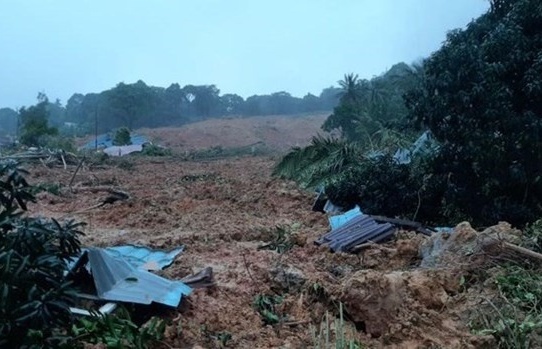
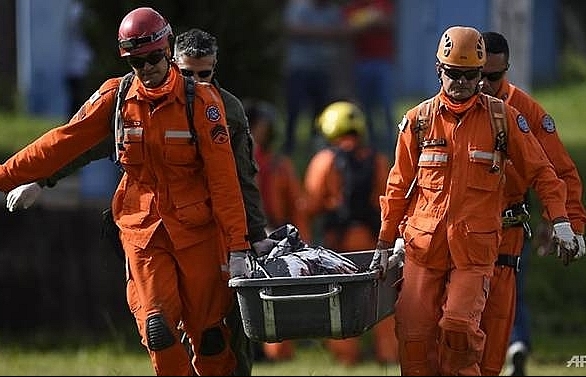
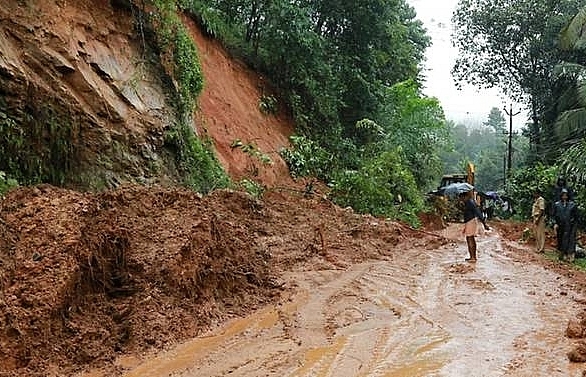

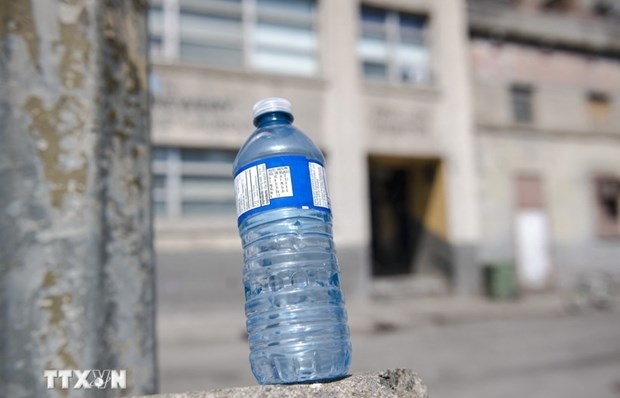

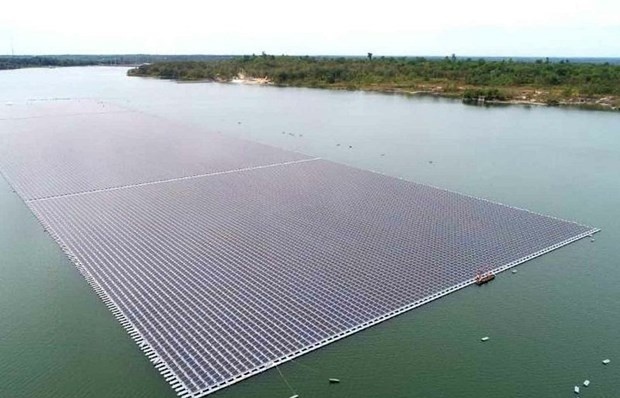











 Mobile Version
Mobile Version